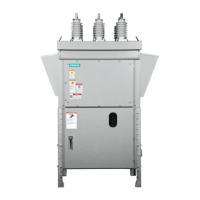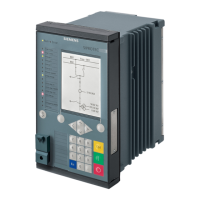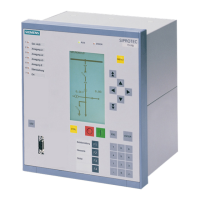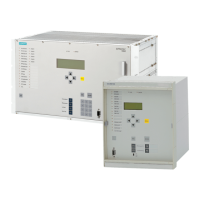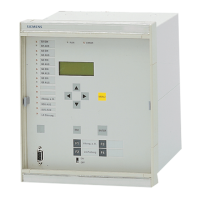Selectivity - terms and definitions
Selectivity for 3VA molded case circuit breakers
Configuration Manual, 08/2016, A5E03603181010-01
11
Selectivity limit current I
S
The selectivity limit current corresponds exactly to the over-current value at which an
upstream protective device operates in addition to the protective device situated immediately
upstream of the fault source.
In other words, the operating characteristics of the protective devices touch or intersect at a
specific current magnitude. The point of contact or intersection determines the selectivity
limit current.
Only partial selectivity is afforded if the maximum potential over-current is higher than the
selectivity limit current. Total selectivity is afforded if the maximum potential over-current is
lower than the selectivity limit current.
Over-current
According to EN 60947-1, 2.1.4, over-current is a "[...] current that exceeds rated current
[...]", in other words, it is a short-circuit or overload current.
Excerpt from EN 60947-2, 2.17.4:
The "selectivity limit current is the current co ordinate of the intersection between the total
time-current characteristic of the protective device on the load side and the pre-arcing (for
fuses), or tripping (for circuit breakers) time-current characteristic of the other protective
device".
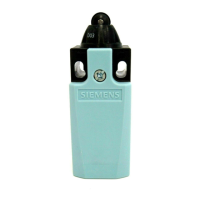
